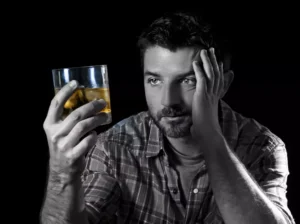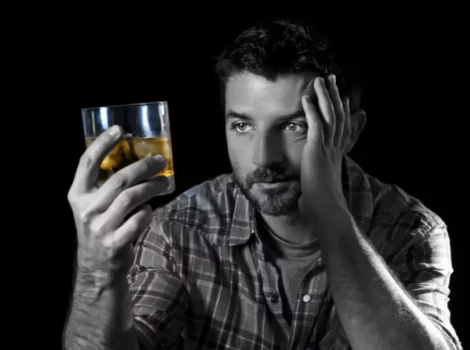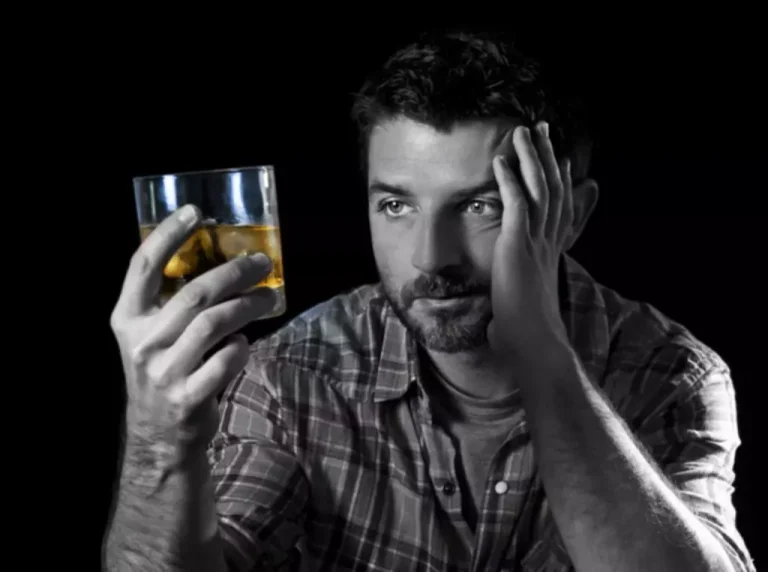
Furthermore, a media campaign that urges impaired drivers to take a taxi or another form of public transportation home would be ineffective in rural areas where these resources are not available. Messaging composed in English in communities where a large number of residents do not speak English would be equally ineffective for that population. Public health campaigns that leverage local cultural beliefs and values to develop meaningful and relevant motivators to engage in certain behaviors may also be more effective. The project broke new ground when TV writers agreed to insert drunken driving prevention messages, including frequent references to designated drivers, into scripts of top-rated television programs, such as Cheers, Dallas, and L.A. Entertainment not only mirrors social reality, but also helps shape it by depicting what constitutes popular opinion, by influencing people’s perceptions of the roles and behaviors that are appropriate to members of a culture, and by modeling specific behaviors.
Alcohol-impaired driving in rural and urban road environments: Effect on speeding behaviour and crash probabilities
- With the exception of a brief leveling off beginning in 2009, the number of drivers and number of vehicles has generally followed the same trend as population growth (FHWA, 2017) (see Figure 2-4).
- A general downward trend in traffic fatalities has taken place over the past decade; however, a slight increase occurred in 2012, and in 2016 there were 37,461 fatalities, the highest since 2008 (NCSA, 2017a), as well as an estimated 2.44 million injuries in 2015 (NCSA, 2016b).
- The policing intervention was not intended by policymakers to address street crime as such but to prevent further terrorism.
Although many states had laws that let police arrest drivers with blood alcohol levels between 0.05 and 0.15 percent, the de facto level was 0.15 percent, almost twice as high as our current legal limit of 0.08 percent. That meant that severely impaired drivers often went unprosecuted, even when they injured or killed someone. Alcohol-impaired drivers include both social drinking and drinking problem drinkers who may occasionally drive after drinking too much, as well as persistent offenders who regularly drive while impaired. Impaired drivers may be considered “high risk” if they have high BACs, prior convictions, or alcohol use problems. For example, among drivers involved in fatal crashes during 2021 with positive BACs (.01 g/dL or higher), over half (55%) had BACs at or above .15 g/dL (NCSA, 2023a). Additionally, one-quarter of all drivers arrested for impaired driving and 30% of drivers convicted of impaired driving have had prior DWI convictions (Warren-Kigenyi & Coleman, 2014).
The effects of alcohol dosing on driving performance on a closed course and in a driving simulator

The first study, from Mirko Draca, Stephen Machin and Robert Witt, has a particularly clear claim to identifying a causal connection between greater police presence – and by proxy, a greater probability of apprehension – on city streets and reduction in crime. The Metropolitan Police suddenly increased police patrols near London Tube stations in five central London boroughs in response to the infamous 7/7 suicide bombings in 2005, in a move called Operation Theseus. The policing intervention was not intended by policymakers to address street crime as such but to prevent further terrorism. Thus, it is what economists call a natural experiment, and it is useful for determining typical offender responses to increased police presence as opposed to the smaller-scale targeted interventions known as hot spot policing (for which the evidence is also strong). But with the cultural worship of drinking and driving, it was hard to get people to pay attention.

A balanced placebo investigation of the effects of alcohol vs. alcohol expectancy on simulated driving behavior

The key stakeholders for reducing drink–driving accidents are the police; they are responsible for enforcing drink–driving laws and for generally stepping up drink–driving countermeasures. High BAC levels and repeated drink–driving can be both a sign and a symptom of alcohol use disorders. Resources need to be available for identifying cases and making treatment available for them. Legislation should specify the penalties for violation of such limits, allow for roadside testing (typically of breath) with approved and calibrated equipment, make it an offence for drivers to refuse a roadside breath test, and allow test results to be used as evidence in court.
The U.S. Department of Justice’s Enforcing Underage Drinking Laws program is the sole federal initiative that exclusively addresses underage drinking and availability of alcohol to minors (DOJ, 2009). The program has provided funding in the form of block grants and discretionary awards as well as training and technical assistance to states to support local law enforcement agencies and community organizations in their efforts to decrease availability of alcohol to minors (DOJ, 2009). From its initiation in fiscal year (FY) 1998 through FY 2008, the program received $25 million in annual appropriations from Congress (NASADAD, 2016). Appropriation amounts decreased each year thereafter, with $2.5 million appropriated in FY 2014; in FYs 2015 and 2016 the program was not funded at all (NASADAD, 2016). Department of Education’s Safe and Drug-Free Families and Communities program was substantially decreased in FY 2011 and has remained completely unfunded since FY 2012 (HHS and SAMHSA, 2016).
THE ALCOHOL ENVIRONMENT
Vehicle miles traveled (VMT) per capita differ greatly in rural versus urban areas, with rural areas having https://ecosoberhouse.com/ far greater VMT per capita (Mattson, 2016). The most frequently recorded BAC among alcohol-impaired drivers in fatal crashes in rural areas was 0.19% and 0.14% for urban areas (NCSA, 2016c). DWI arrest rates also vary according to rural and urban composition, with arrests in nonmetropolitan areas outnumbering metropolitan arrests since the early 2000s (Huseth, 2012).
- If juries (and the public more generally) find severe punishment repugnant, then increased detection combined with relatively minor sanctions (such as fines) could be more likely to push us toward a low-crime equilibrium than occasional harsh sanctions.
- Rural populations also suffer a much higher fatality rate from motor vehicle crashes (alcohol related and non-alcohol related) than urban residents.
- While very little research has been done on the mean, distribution, and sources of variation in the alcohol content of drinks, some information is available.
- For example, comparing all 50 States and the District of Columbia, the proportion of traffic fatalities involving drivers with BACs of .08 g/dL or higher in 2021 ranged from 20% in the lowest State, Mississippi, to 44% in the highest, Montana (NCSA, 2023a).
- Entertainment not only mirrors social reality, but also helps shape it by depicting what constitutes popular opinion, by influencing people’s perceptions of the roles and behaviors that are appropriate to members of a culture, and by modeling specific behaviors.
Research suggests that for those who do consume alcohol, drinking varies with respect to frequency, quantity, the rate at which people drink, and preferred alcoholic beverage and/or combination. Over 40 percent of young Montanans surveyed said they personally always had a designated sober driver when planning to go out drinking while only 30 percent believed that others engaged in this practice. After the intervention, the treated group estimated that just under 40 percent of their peer group, young Montanans, used designated drivers while the control group had remained roughly the same. In other words, the treated group’s estimate of designated driver use was higher and closer to the reality based on the same survey’s self-reported use.

Evaluation of a performance test to detect impaired drivers
The alcohol environment today can be understood by examining drinking trends, social and cultural drinking norms, alcohol availability, promotion, pricing, regulation, and the policies and laws that shape these factors. The nature of this environment has important implications for drinking and driving behaviors (Bond et al., 2008; Huckle et al., 2006), as well as the relative success of interventions designed to reduce alcohol-impaired driving (Xuan et al., 2015a). Under this sanction regime, if you are caught with a blood alcohol concentration just above a threshold, you will be punished much more harshly than someone who was caught driving just under a threshold. Since you can’t target an exact percentage point of alcohol in the blood, those who were measured at .08 would be similar to those with a .079 level, except for the fact that they would be punished. It turned out those sanctioned for drunk driving did have a lower chance of being caught drunk driving again – ten percent for those sanctioned versus 12 percent for those who were under the limit, or about a sixth lower. This represents a substantial reduction especially when considering this is a policy regime applied to every driver who drinks in Washington State, rather than a subgroup of offenders, and that many of the costs (such as a fine and driving license suspension) fall on the offender.
Effects of alcohol on performance on a distraction task during simulated driving
A series of random phone surveys before, during, and after the intervention measured the impact of the campaign. The advertising caused young people in the intervention counties in western Montana to update their perception relative to the control counties. Because of the new feasibility of enforcement, plus the emergence of a grassroots movement opposing it, many governments started campaigns to reduce drunk driving. The widespread deployment of mobile breathalyzers made detecting drunk driving more feasible and immediate, with British police carrying out 800,000 tests in 1998 when they peaked, up from 100,000 in 1971.
Accident Analysis & Prevention
The U.S. Department of Justice’s Enforcing Underage Drinking Laws program is the sole federal initiative that exclusively addresses underage drinking and availability of alcohol to minors (DOJ, 2009). Department of Education’s Safe and Drug-Free Families and Communities program was substantially decreased in FY 2011 and has remained completely unfunded since FY 2012 (HHS and SAMHSA, 2016). Alcohol purchased at off-premises establishments is more affordable now than it has been in 60 years (Kerr et al., 2013a). Significant decreases in alcohol prices have resulted in large part from decreases in federal and state tax rates, particularly in the 1960s and 1970s (see Chapter 3 for more information on alcohol pricing and taxation) (Kerr et al., 2013a).
